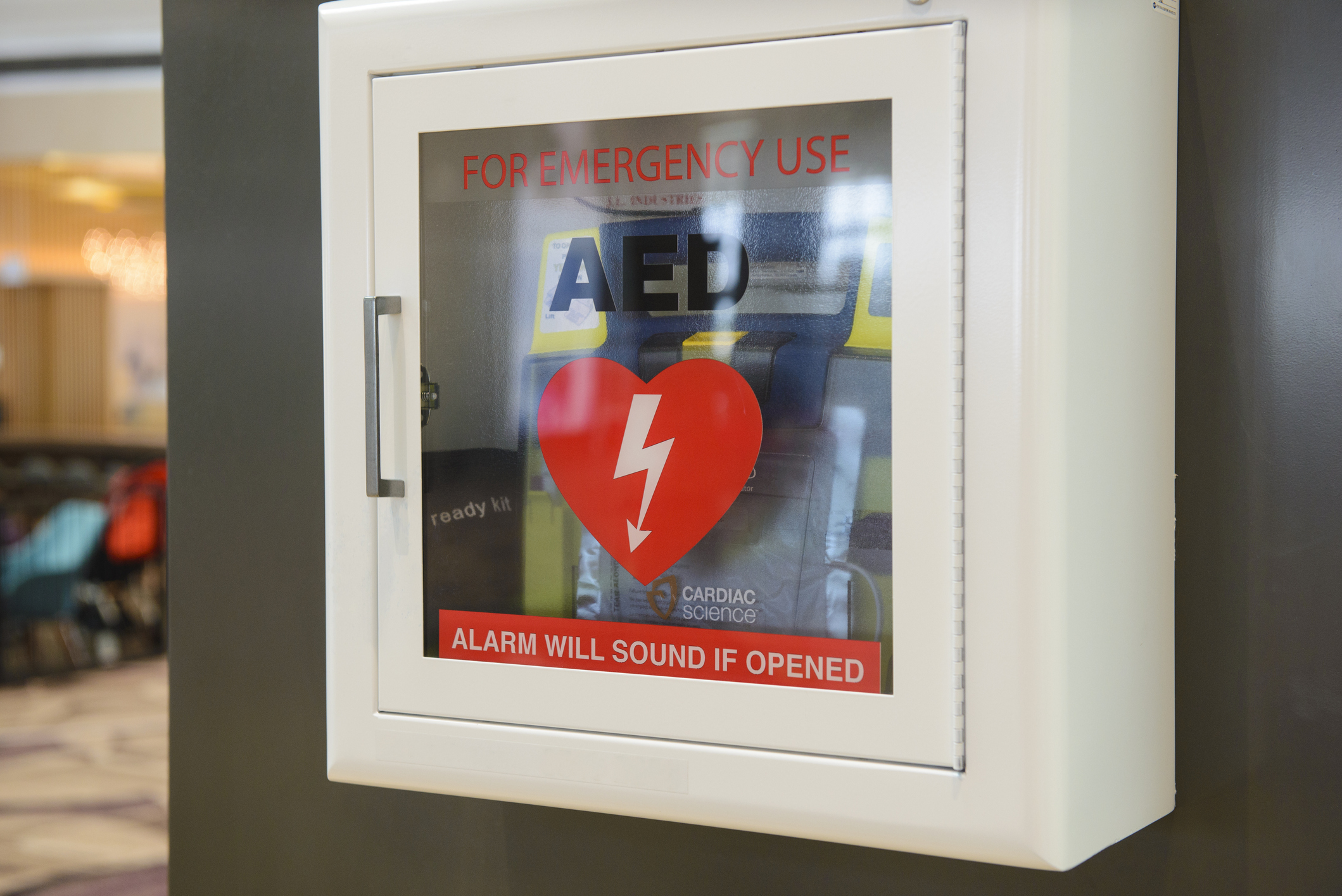Why Every Employee Should Be Trained on AED Use
Automated External Defibrillators (AED) have certainly been in the news. Quick use of an AED was able to bring football player Damar Hamlin back to life after suffering cardiac arrest on the field. For that one success story, however, there is an alarming amount of reports of deaths due to an AED not being used in time because people did not know where to locate it.
April 21, 2023

Do your employees know where your Automated External Defibrillator (AED) is located? If so, do they know how to use it? According to the American Red Cross, 436,000 people die each year in the U.S. due to cardiac arrest. According to U.S. Occupational Safety & Health Administration (OSHA), there are about 10,000 cardiac arrests in the workplace annually.
“Doing cardiopulmonary resuscitation (CPR) and using an AED in the first few minutes of a cardiac arrest can drastically improve survival rates, said Sara Gibson, Senior Risk Services Manager at Safety National. “Studies have shown with immediate defibrillation there is a 60% survival after a cardiac arrest, compared to waiting for emergency personnel, which has a 5-7% survival rate.”
Causes of cardiac arrest in the workplace can be from a heart attack, electrocution, or asphyxiation (loss of consciousness and death caused by inadequate oxygen in the work environment, such as confined space). Many workplaces are also open to the public such as schools, restaurants, and retail establishments. Employees should be prepared to come to the aid of co-workers, customers, and guests.
According to the American Heart Association, only 50% of people can locate an AED in the workplace. The CDC encourages having Public Access Defibrillation (PAD) programs to ensure life-saving access to AEDs.
According to the CDC, the recommended attributes of a comprehensive PAD program include:
- Targeted automated external defibrillator (AED) site placement
- Training anticipated responders
- Emergency medical services (EMS) coordination
- Emergency response plans
- Routine maintenance and testing of AEDs
- Continuous quality improvement
- Limited civil liability or qualified immunity
There are several ways to obtain training for CRP/AED. Both the American Heart Association and the American Red Cross have nationwide classes offered both in person and online formats.
Safety National’s Risk Services Department can assist clients with setting up training just send an email to: [email protected]

























